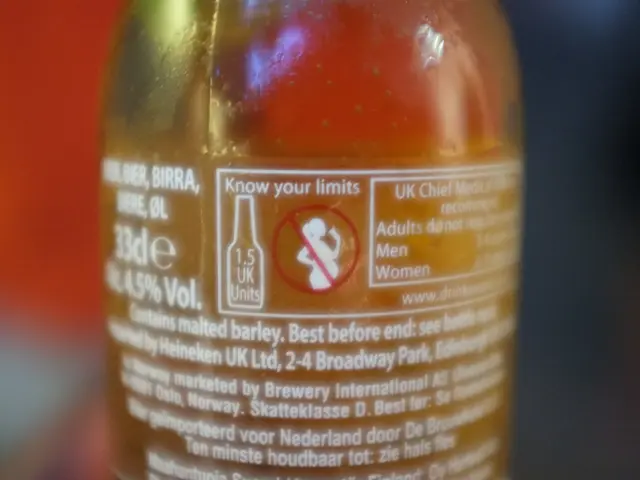A Deep Dive into Rosacea Fulminans: A Rare and Severe Skin Condition
Sudden, severe rosacea outbreak: Understanding causes, identifying symptoms, and exploring treatment options
Ever encountered sudden, intense reddening and inflammation on your central face? If so, you might be dealing with Rosacea Fulminans, a rare and severe variant of rosacea. Spreading like wildfire on your cheeks, chin, and especially the nose, this condition brings pain and discomfort, to say the least.
As per research from 2020, Rosacea Fulminans might be related to other medical conditions, such as inflammatory bowel disease and even pregnancy. Interestingly, it seems prevalent among females of childbearing age and those who've experienced rosacea before.
Stress, hormonal changes, and certain medications could be potential triggers, according to a 2021 review. Yet, the exact causes remain undetermined. The same review suggests that certain dietary factors might trigger or worsen rosacea symptoms. However, it's crucial to note that these findings may not be specific to Rosacea Fulminans.
Potential dietary triggers include heavy doses of spicy foods, alcohol, and foods containing cinnamaldehyde, like tomatoes, citrus fruits, or chocolate. Other potential triggers might be histamine-rich foods like wine, cheese, processed meats, and hot beverages.
The symptoms are primarily localized on the forehead, nose, cheeks, and chin. You might experience:
- Sudden redness
- Inflammation and swelling
- Painful pustules, papules, and nodules that merge
- Flushing and blushing
- Stinging and burning sensations
Some people might also encounter ocular symptoms, such as irritated, dry, burning, or itching eyes or light sensitivity. In rare cases, systemic symptoms like fever and fatigue might appear.
Treatment options may include oral isotretinoin and corticosteroids, as well as dietary adjustments and stress management. A combination of these strategies can help manage symptoms better and improve your quality of life. Always consult a dermatologist or healthcare professional to receive personalized care tailored to your needs.
If you experience symptoms that go beyond typical rosacea or acne, have a sudden onset of symptoms, persistent or worsening symptoms, eye irritation, eye inflammation, or systemic symptoms, don't hesitate to seek medical attention promptly. Quick intervention can reduce complications like scarring, infections, and even emotional distress.
- Rosacea Fulminans, a rare and severe variant of rosacea, is a medical-condition that often causes sudden redness, inflammation, and swelling on the skin, particularly on the face (skin), with symptoms predominantly appearing on the forehead, nose, cheeks, and chin.
- Research has linked Rosacea Fulminans to several other medical conditions like inflammatory bowel disease and pregnancy, and it seems to be more prevalent among females of childbearing age and those who have had rosacea before.
- Potential triggers for Rosacea Fulminans include stress, hormonal changes, certain medications, dietary factors such as heavy doses of spicy foods, alcohol, foods containing cinnamaldehyde, histamine-rich foods like wine, cheese, processed meats, and hot beverages.
- Treatment for Rosacea Fulminans may involve oral isotretinoin and corticosteroids, as well as dietary adjustments, stress management, and regular consultations with a dermatologist or healthcare professional to ensure personalized care and improve skin-health and overall wellness.








